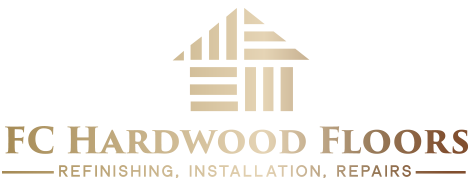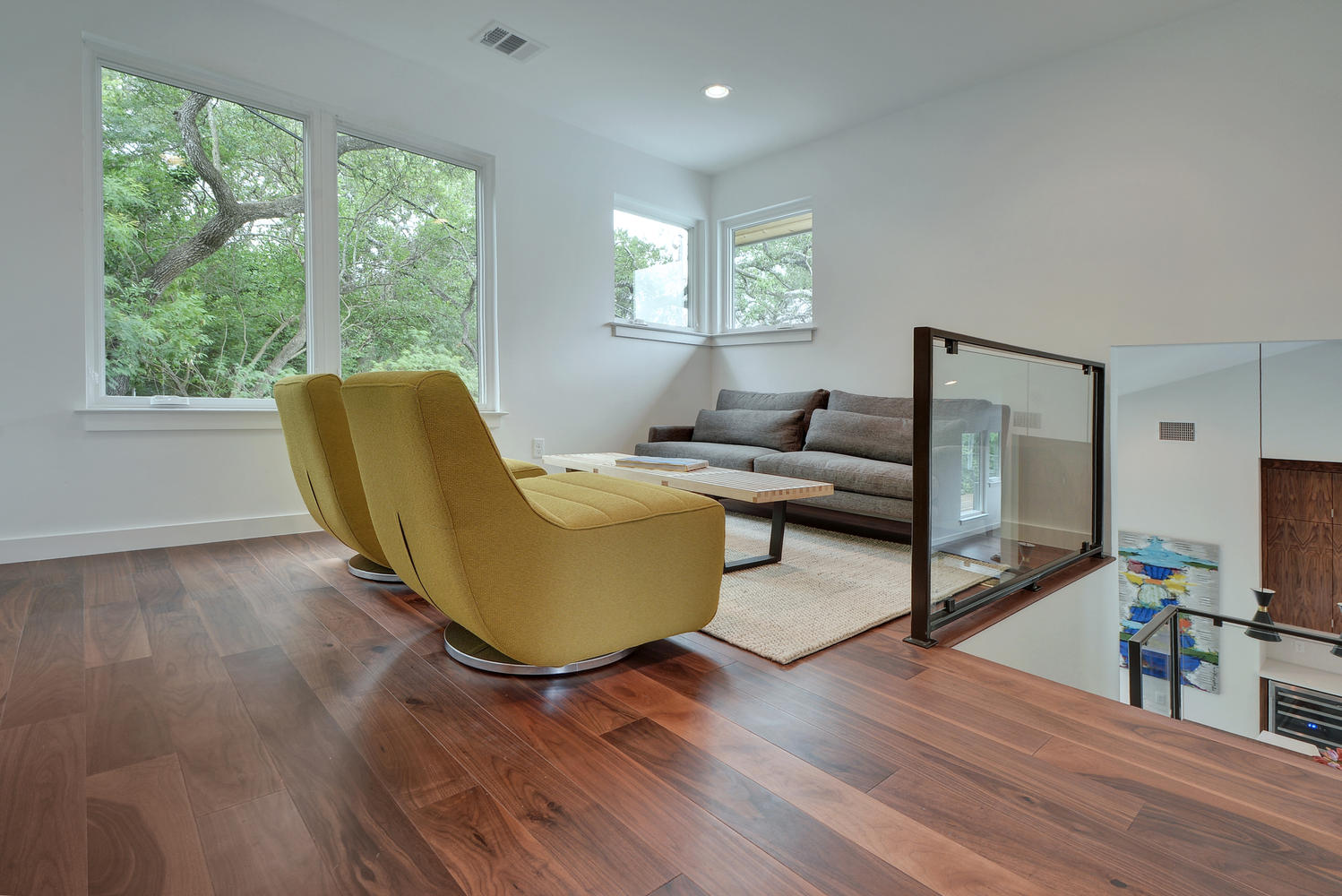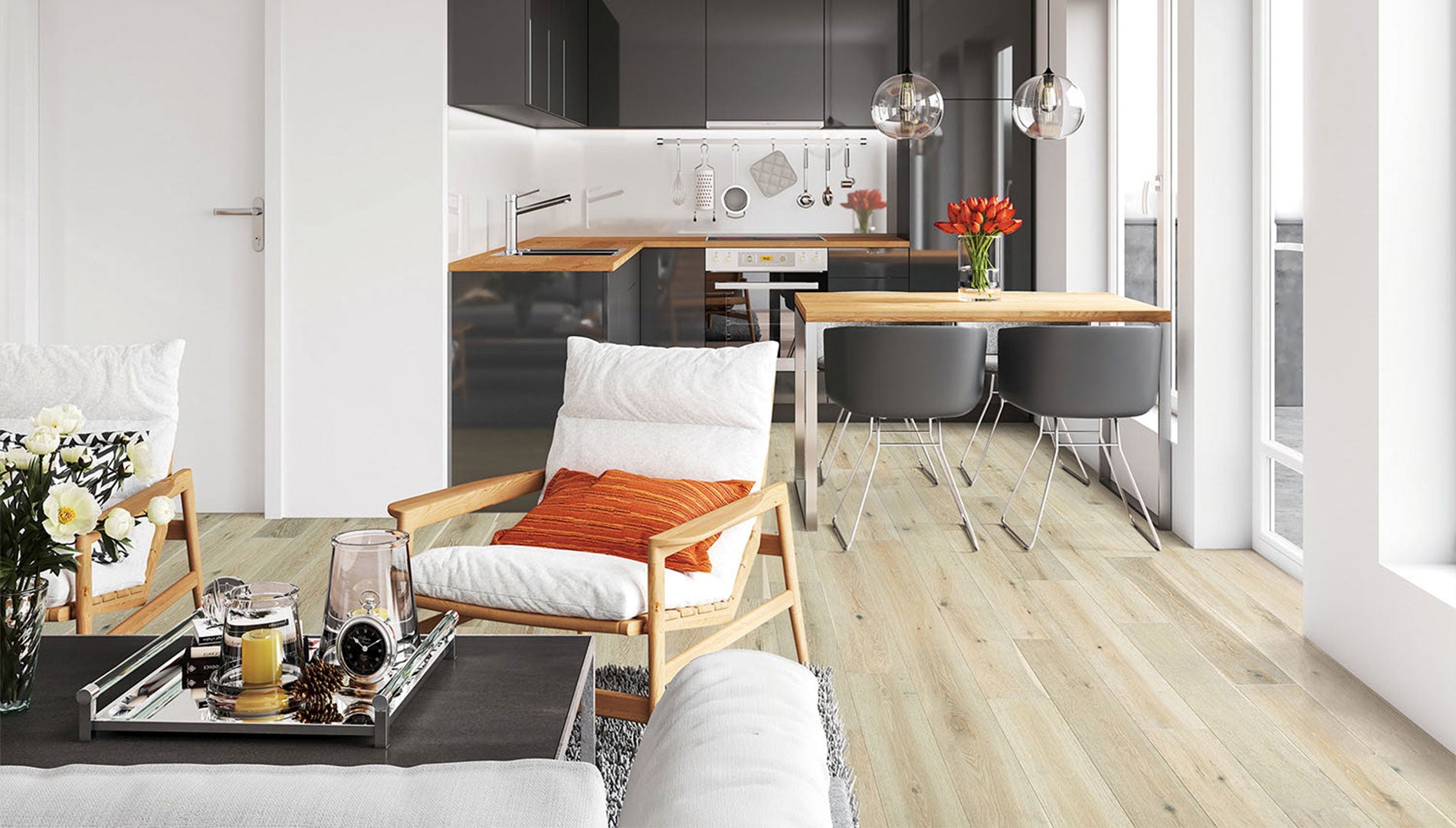General Info
We're sorry to hear that, our customer service support emails can sometimes fall into your spam/junk folder; be sure to add Tweety Golf to your bookmarks and lists so you don't miss any of our emails. If you're still having trouble call us or DM on our Instagram or Facebook pages.
We are super happy to hear you'd like to share your skills and talents with us and we always want to hear from hard working people. Head over to our Job Openings page and submit your resume or current CV.
Not a problem at all. Just submit your information on our Rescheduling and Cancellations page.
At this time we offer Shop Pay, Apple Pay, Google Pay checkouts and accept American Express, Visa, Mastercard, and Discover credit cards.
Hardwood Flooring FAQs
Hardwood flooring boasts exceptional durability, providing a solid investment for your home. When cared for properly, it can last from20 to 100 years, making it a timeless addition to any space.
To keep your hardwood floors looking their best, follow these simple steps:
- Clean Regularly: Use a soft broom or vacuum for everyday cleaning, and a damp mop for a deeper clean.
- Wipe Up Spills Immediately: Prevent water damage by quickly addressing any spills or moisture.
- Protective Measures: Consider using area rugs in high-traffic areas and felt protectors under furniture legs to avoid scratches.
While highly versatile, hardwood flooring is not recommended for areas prone to high moisture, such as bathrooms or laundry rooms, to prevent damage.
The lifespan of your hardwood flooring can vary widely, from20 to 100 years, based on the quality of the wood and how well it's maintained.
In comparison to other flooring options, hardwood floors may come with a higher upfront cost but provide significant long-term value. Hardwood floors can increase a home's resale value and offer a timeless look that ages well.
Yes, hardwood flooring comes in two primary types:
- Solid Wood: A classic choice that can be sanded and refinished multiple times.
- Engineered Wood: A more versatile option that handles moisture and temperature changes better.
Choosing the right one depends on your home's specific needs, budget, and installation area.
While some choose to install hardwood flooring as a DIY project, professional installation is advised to ensure the highest quality results, particularly with solid wood floors.
Hardwood floors are an eco-friendly choice. They're made from natural materials, contribute to better indoor air quality, and can be recycled or reused.
- Use area rugs in high-traffic zones.
- Install felt protectors under furniture.
- Avoid wearing high heels or sports cleats on hardwood floors.
- Clean up spills promptly to prevent water damage.
By following these guidelines and understanding the unique qualities of hardwood flooring, you can enjoy the beauty and durability it brings to your home for many years to come.
When renovating or upgrading your home, choosing the right flooring is crucial for both the aesthetics and functionality of the space. With a myriad of options available, vinyl and laminate flooring stand out for their versatility, affordability, and ease of maintenance. This FAQ guide is designed to address the most pressing questions, helping you make an informed decision between vinyl and laminate flooring.
Material Composition: Vinyl flooring is crafted from synthetic materials, predominantly polyvinyl chloride (PVC), making it exceptionally resistant to moisture. Laminate flooring, however, consists of a core layer made from wood byproducts, topped with a high-resolution image of natural wood, stone, or tile, covered by a protective wear layer.
Durability: Both are durable options; however, vinyl's waterproof properties make it ideal for areas prone to moisture, such as bathrooms and kitchens. Laminate flooring boasts higher resistance to scratches and impacts, preferable for high-traffic areas.
Vinyl flooring's water resistance makes it perfect for kitchens, bathrooms, basements, and laundry rooms. Laminate flooring, being more susceptible to moisture damage, is better suited for living rooms, bedrooms, and hallways but can be used in kitchens with careful maintenance against spills.
Both flooring types require sweeping or vacuuming to remove dirt and debris. For mopping, use a damp mop with a mild cleaner. Avoid excessive water on laminate floors to prevent damage. Occasional deep cleaning with a product specific to either vinyl or laminate flooring can help maintain their appearance.
Yes, both flooring types can be installed over existing floors, provided the surface is flat, clean, and free of moisture problems. This capability facilitates easier renovations, especially where removing the old flooring is not desirable.
Vinyl flooring, being a synthetic product, is not biodegradable and is challenging to recycle, which may pose environmental concerns. Laminate flooring, while made largely of organic material, still requires consideration for its chemical additives and finishes. Both types have eco-friendly options, like recycled content for vinyl and sustainable wood sources for laminate.
Measure the length and width of your rooms to calculate the square footage. Add 10% to your total to account for cutting waste and errors. For complex layouts, consider consulting with a professional to ensure accuracy.
Both floors typically require a clean, smooth subfloor. Laminate floors might need an underlayment for comfort and noise reduction, while vinyl floors often do not. Always follow the manufacturer's instructions for best results.
Minor scratches in laminate flooring can often be repaired with a kit or putty, while significant damage might necessitate plank replacement. Vinyl flooring is also repairable, with options including patches or complete plank replacement for widespread damage.
With proper care, both flooring types can last up to 20 years or more, though their lifespan can vary based on traffic, maintenance, and environmental conditions. High-quality materials and proper installation are key to maximizing the durability of your floors.
Conclusion
Both vinyl and laminate flooring offer unique benefits for homeowners, combining style, durability, and ease of maintenance at an attractive price point. Whether you prioritize moisture resistance (vinyl) or a more natural appearance (laminate), understanding their differences and similarities will help you choose the perfect flooring for every room in your home.
Understanding Installation Times for Different Flooring Types
When planning for a new flooring installation, one of the critical things to consider is how long the process will take. This can vary widely depending on the type of flooring you're installing. Here’s a brief guide to the expected installation times for solid hardwood, vinyl, and laminate floors.
Solid Hardwood
Solid hardwood is known for its durability and the value it can add to a property. However, it's also among the most time-consuming flooring types to install. The process involves acclimating the wood to the home’s environment, which alone can take a week or more. The installation itself might take another 1-3 days for an average-sized room, depending on the condition of the subfloor and the complexity of the layout. Finishing the hardwood, including sanding, staining, and sealing, can add additional days to the timeline. In total, you might expect the entire process to take anywhere from 1-2 weeks.
Vinyl
Vinyl flooring, including luxury vinyl tile (LVT) and luxury vinyl plank (LVP), is prized for its versatility and ease of installation. For a professional crew, laying vinyl flooring can take as little as 1-2 days for an average-sized room. This swift turnaround is due to the ease of cutting and fitting vinyl material, as well as the ability of some vinyl products to be installed directly over existing floors without significant prep work. In cases where the subfloor needs preparation or repair, add an additional day or two to the timeline.
Laminate
Laminate flooring is another popular choice for both DIY enthusiasts and professionals due to its ease of installation and maintenance. Like vinyl, laminate flooring can often be installed quickly, typically within 1-2 days for an average-sized room. Most laminate products use a click-together mechanism that eliminates the need for adhesives and allows for a speedy installation. Again, any necessary preparation of the subfloor could extend the installation time by a day or more.
Timelines
While these timelines provide a general idea of what to expect, several factors can influence the duration of a flooring installation project. The size and shape of the rooms, the condition of the existing floors, and the specific requirements of the flooring material (e.g., acclimation time for hardwood) all play a role. To ensure a smooth installation process, it’s essential to consult with your flooring contractor who can provide a more accurate estimate based on your particular circumstances.


